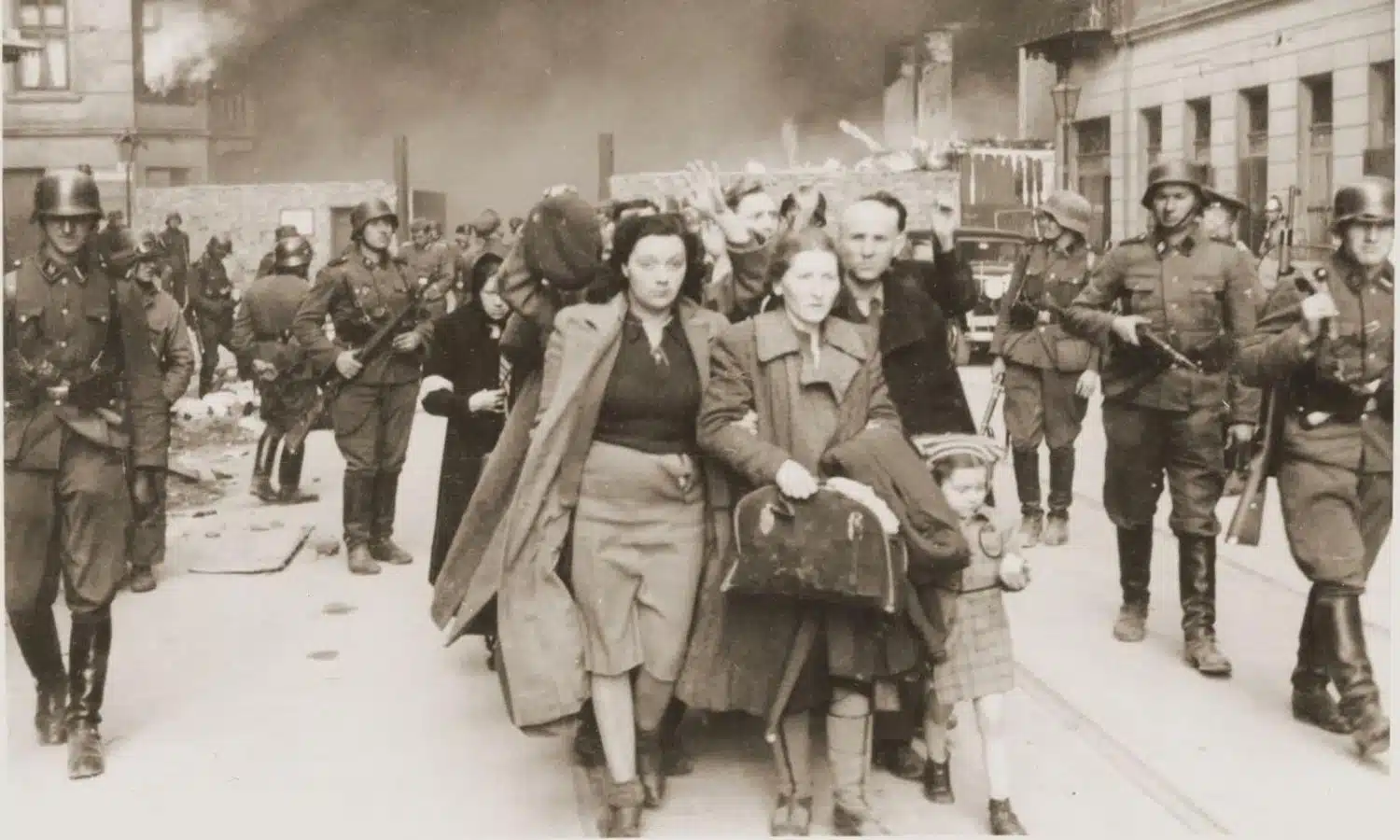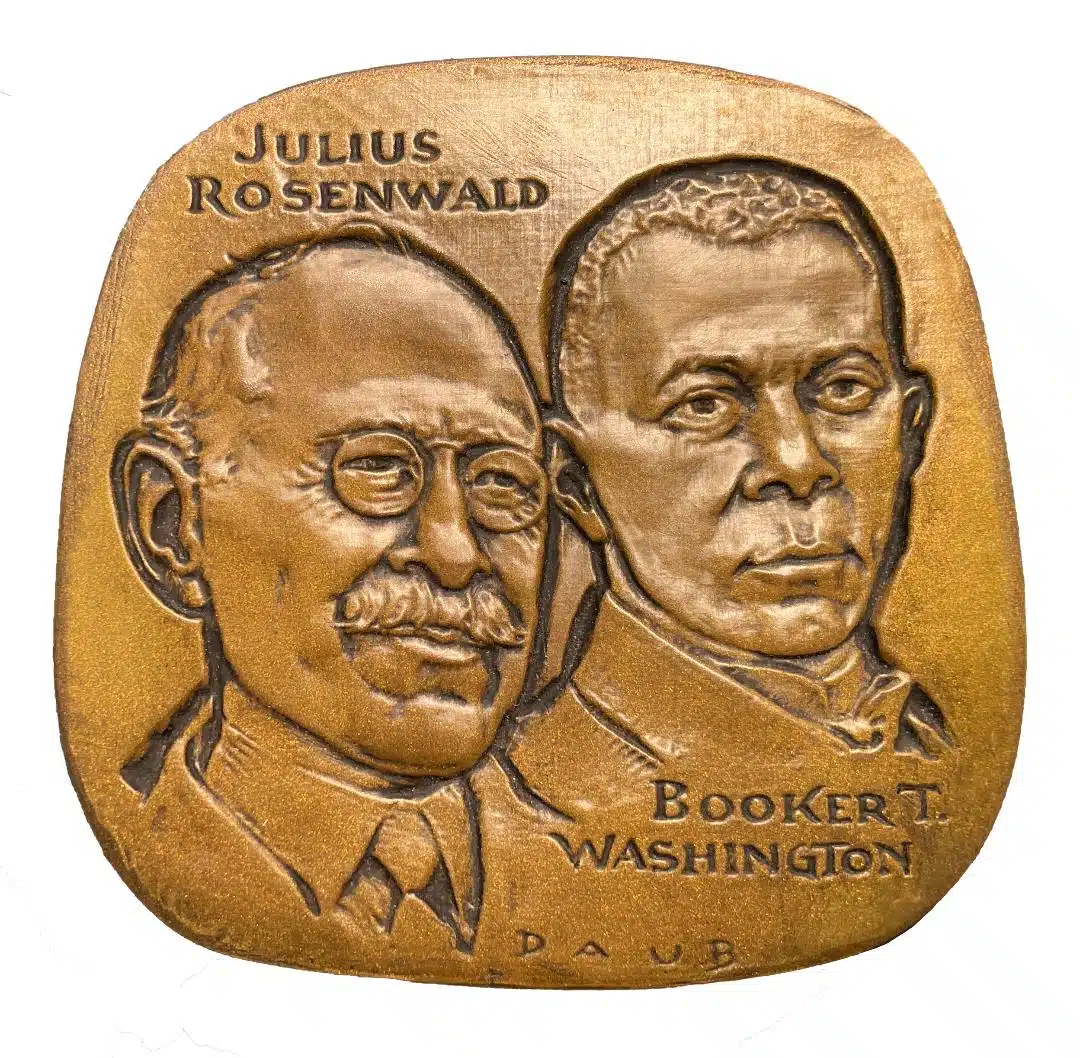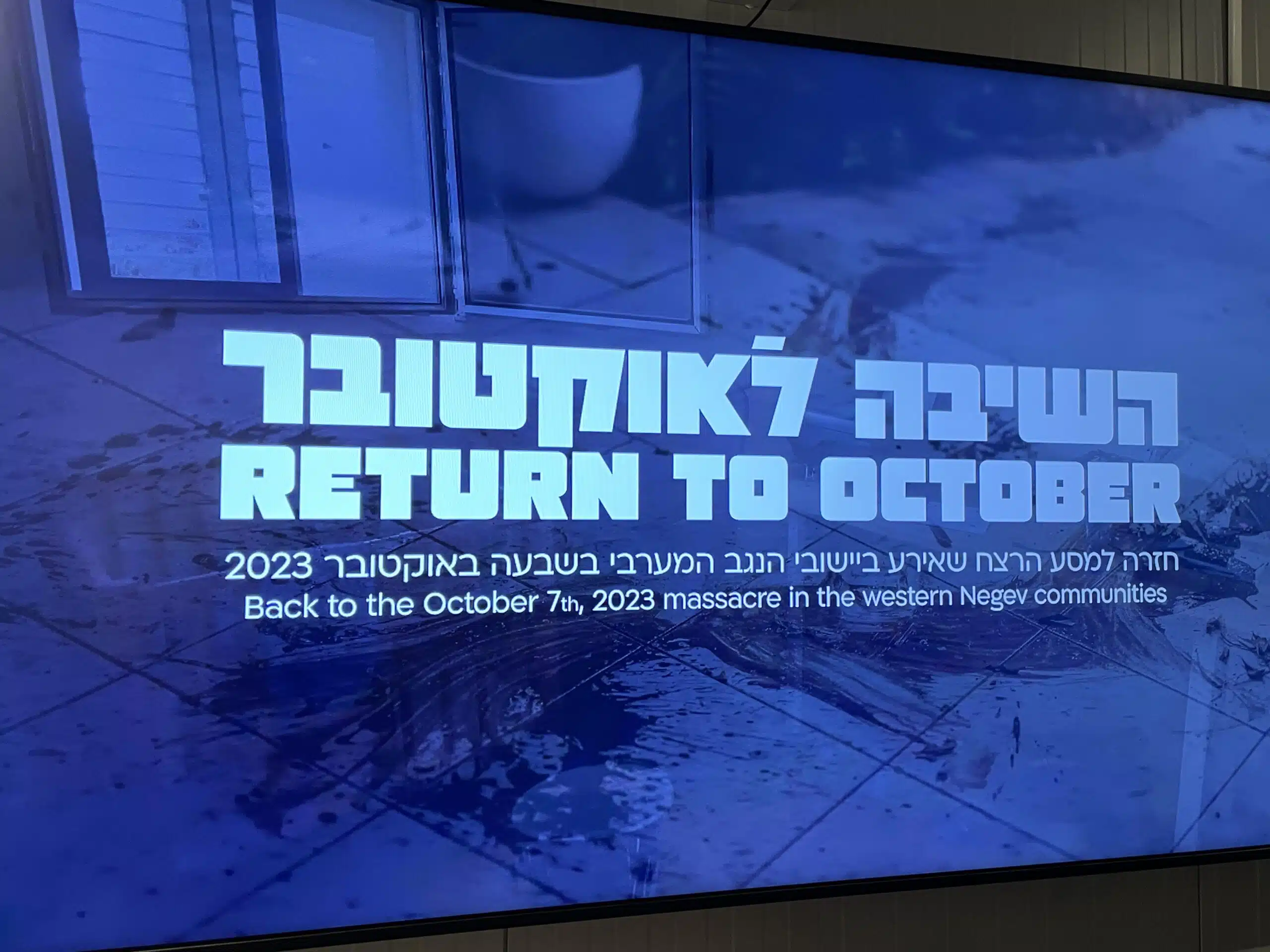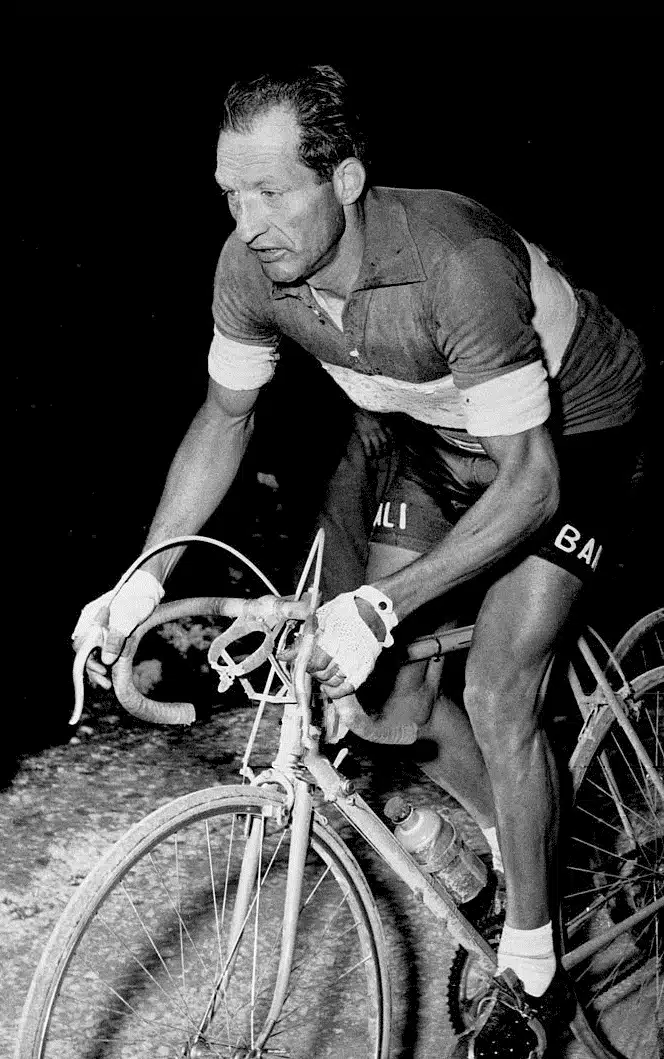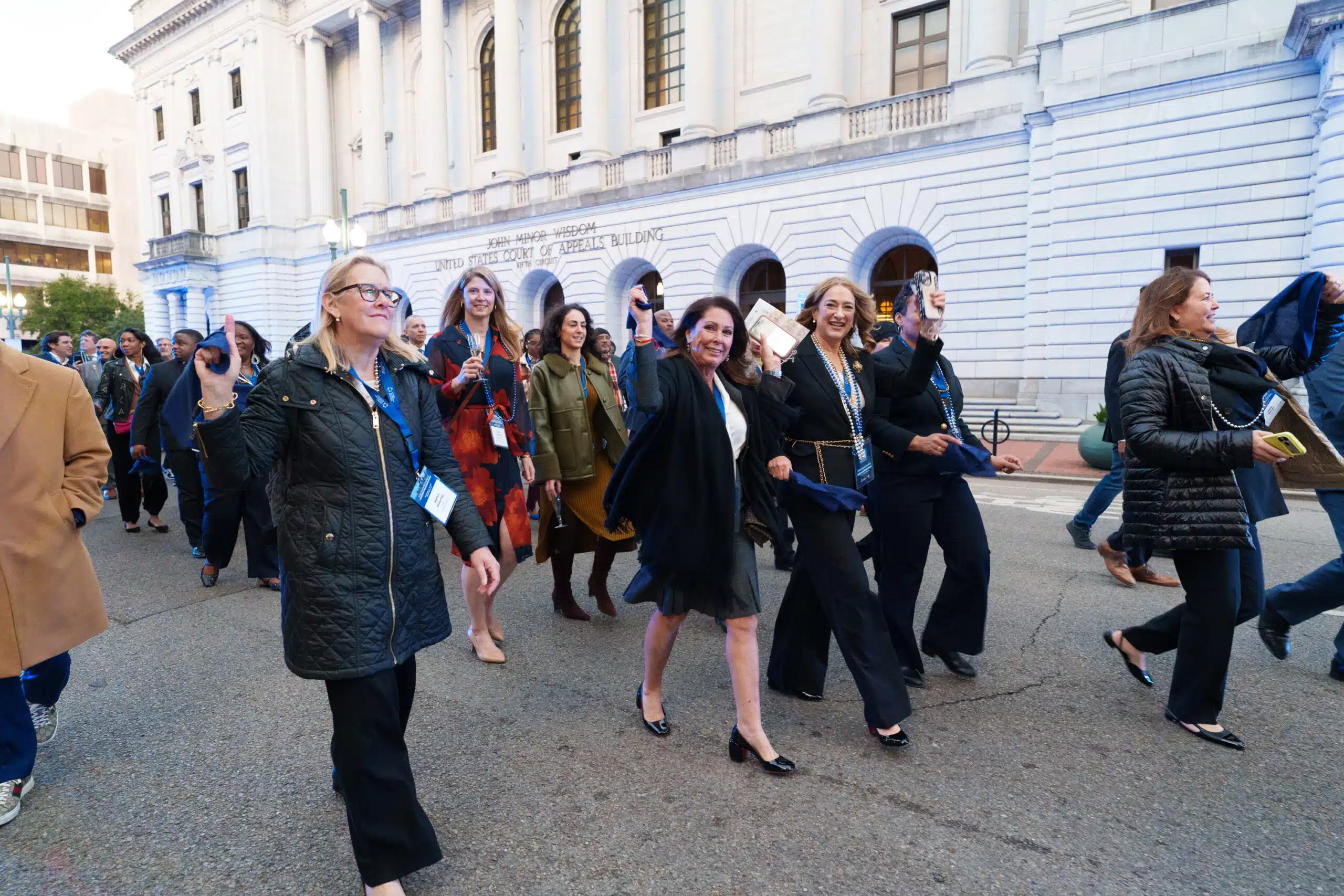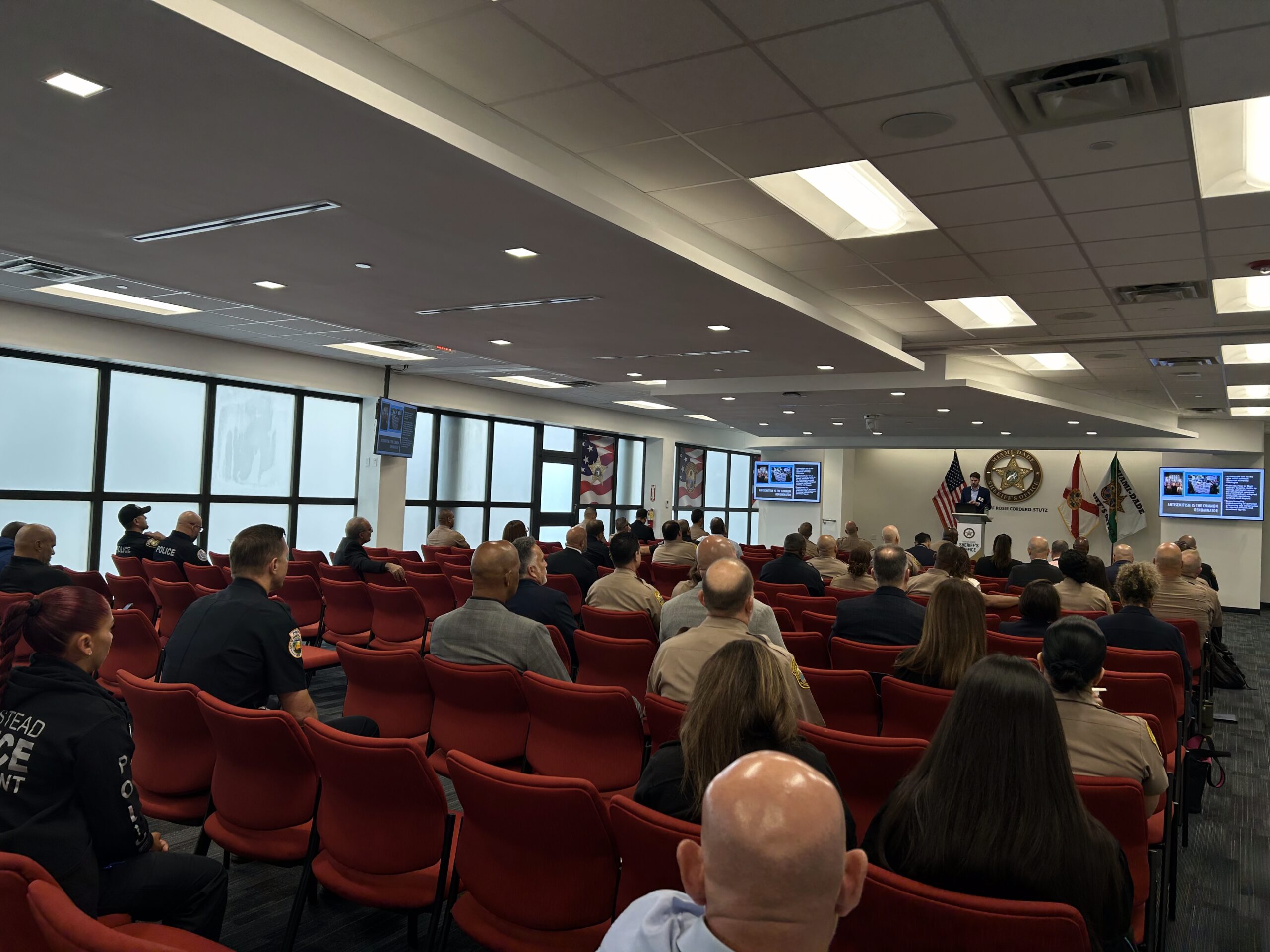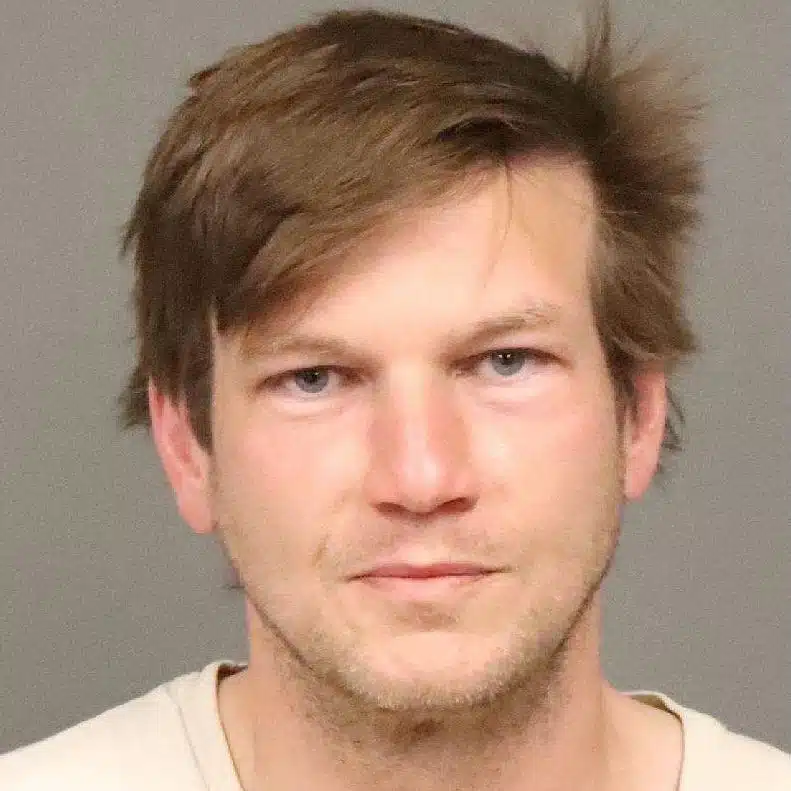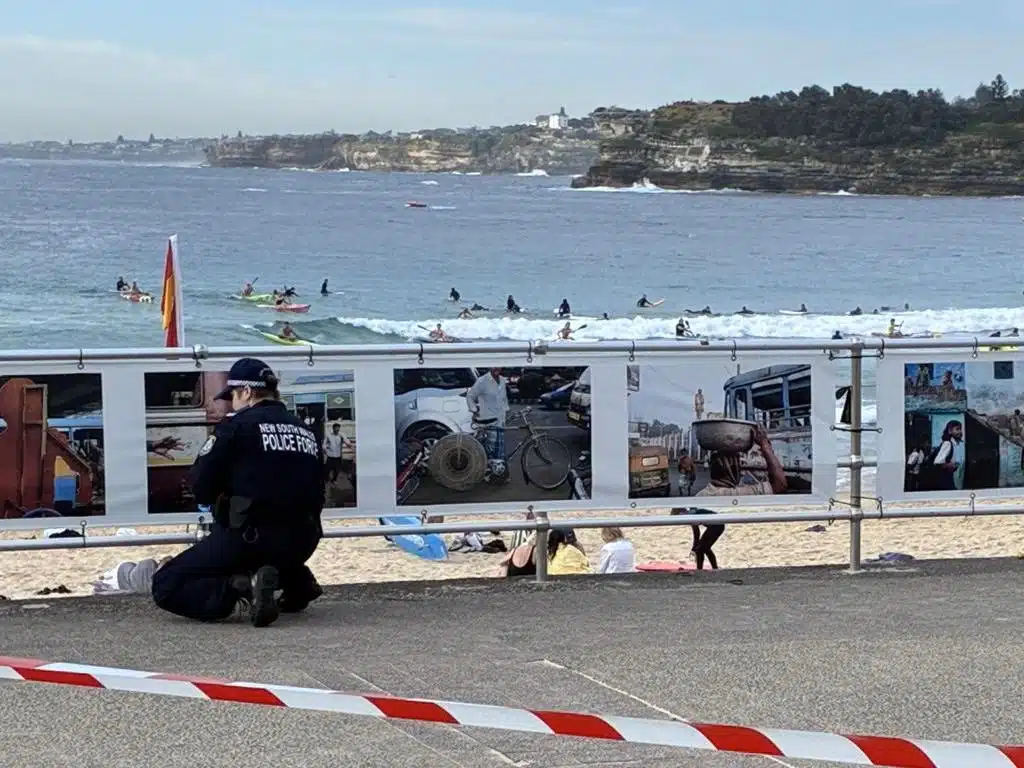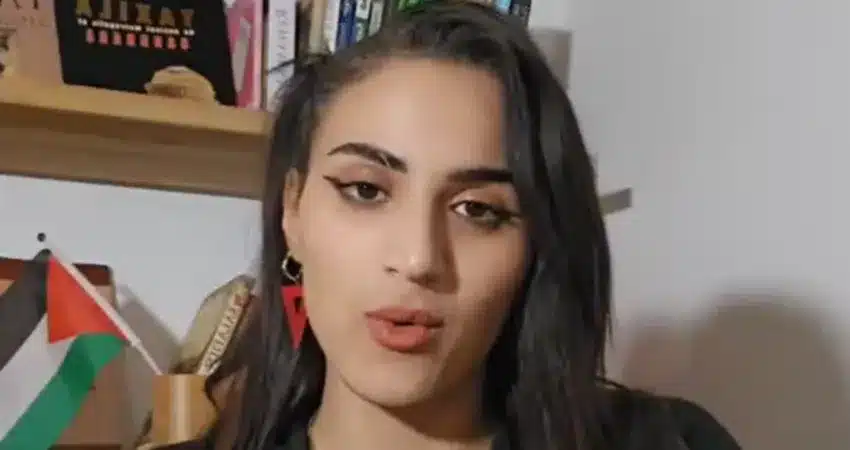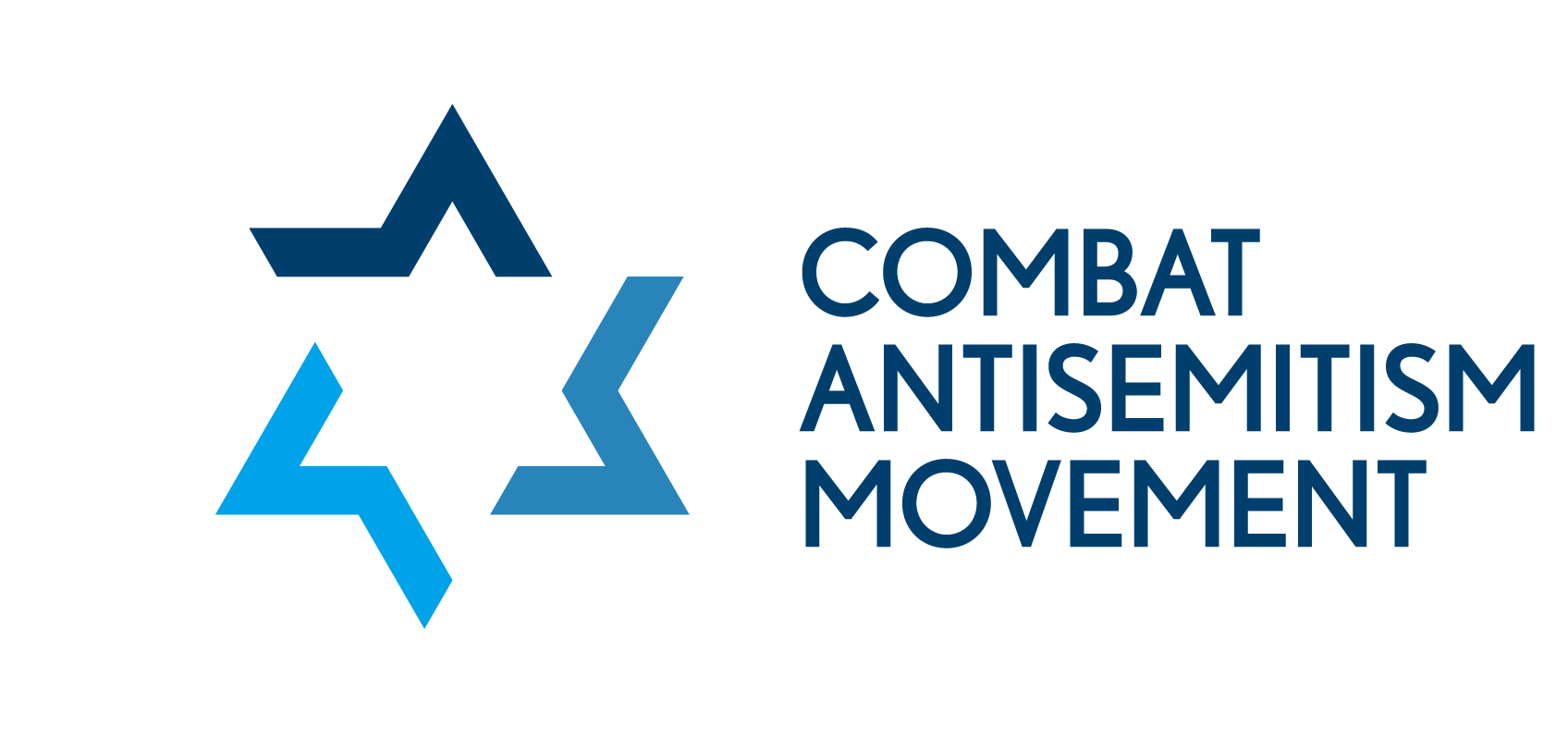By Revital Yakin Krakovsky
“My God, My God, I pray that these things never end. The sand and the sea. The rush of the waters. The crash of the Heavens. The prayers of mankind.”
So wrote Hungarian Jewish heroine Hannah Szenes. More than her inspiring words, though, she is remembered for her courageous deeds and brave actions.
In the darkest hours of the Holocaust, she returned from the relative safety of the Land of Israel to Europe (where she was born) to help rescue Hungarian Jews being deported to the Auschwitz extermination camp.
Hannah was arrested by Hungarians who were collaborating with the Nazis. She was tortured and executed by the firing squad on November 7th, 1944, aged just 23.
Fighters, smugglers, nurses, and caretakers
Hannah’s bravery has inspired Jewish women — and men — for decades. In fact, throughout the Holocaust, there were countless Jewish women who exhibited immense bravery and heroism in the face of unimaginable horrors.
Among other roles, these women served as resistance fighters, smugglers, nurses, and caretakers.
Many of them played a critical role in the Warsaw Ghetto Uprising, one of the most significant acts of Jewish resistance during the Holocaust, whose 80th anniversary was marked this year as we marched together with survivors the annual March of the Living from Auschwitz to Birkenau extermination camps.
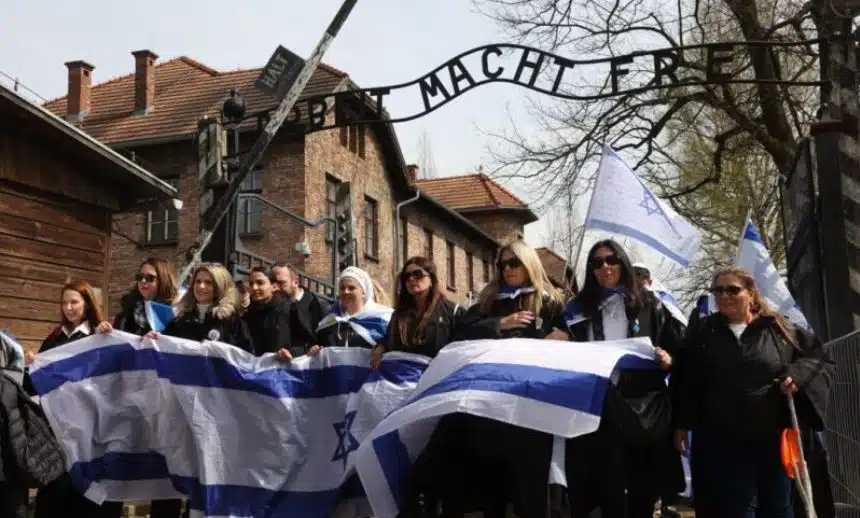
While many know the name of Mordechai Anielewicz, few know the names of his brave female comrades.
One of the most well-known female heroes of the uprising was Zivia Lubetkin, who helped found the ZOB and was a deputy commander of the resistance organization.
Lubetkin was a talented strategist and worked tirelessly to ensure that the fighters were well-armed and well-prepared. In her testimony after the Holocaust, she recalled: “We had no chance of winning the battle.”
“We knew very well that we had no chance to be victorious in this battle but that despite our lack of strength, in the end we would win.”
“Us. The weak. Because that was where our strength was. We believed in justice, in human beings.”
Jewish women, beacons of bravery and resilience
Another important figure was Frumka Plotnicka. Plotnicka was also a member of the Jewish Fighting Organization (ZOB), which organized resistance efforts within the Warsaw Ghetto.
She was responsible for smuggling weapons into the ghetto and was known for her fierce dedication to the cause.
Mira Fuchrer also played a vital role in the uprising. She was a nurse and a member of the Jewish Combat Organization (Zydowska Organizacja Bojowa, or ZOB), and she risked her life to provide medical care to wounded fighters during the battle.
Another hero was Hela Shipper, who worked as a courier for the resistance.
She was responsible for delivering messages and coordinating operations between different groups of fighters across Poland.
Shipper was captured by the Nazis and died while being tortured.
Others, like Bela Yaari, Zivia Gertner, Irena Sendler, and Tosia Altman, demonstrated extraordinary bravery and resilience during one of the darkest periods in human history.
Survivors among us return with a name — and the names of those who revolted
It is therefore fitting that this year’s march will be led by Helena Birnbaum. Although just 14 at the time of the Warsaw Ghetto Uprising, Helena was in the bunker with the fighters.
The memories of the fight remain fresh in her mind all these decades later. The memory of her lost family and friends, and her comrades in the fight have not faded over time.
Helena bears the number 48693 tattooed on her arm. The number the Nazis gave her.
But today, she returns to Auschwitz with a name and with the names of the brave women — and men — who revolted against the Nazis in those dark days.
Years later, Helena wrote a poem about her experiences during the uprising.
“On April 19, years ago, on a dark and terrible cold night in the Warsaw Ghetto, mother led us to a bunker in the depths of the earth. The German killers crowded around the walls, armed, an enormous killing power, like the wall of death closing in on life.”
“They set fire to all the streets, the houses. We looked for rescue among the burning cellars clouded in suffocating smoke.”
“I cannot believe that I am the same girl, today, a woman and a grandmother, who was not captured then, and was not burned, did not suffocate that night of horrors, the night of supreme heroism.”
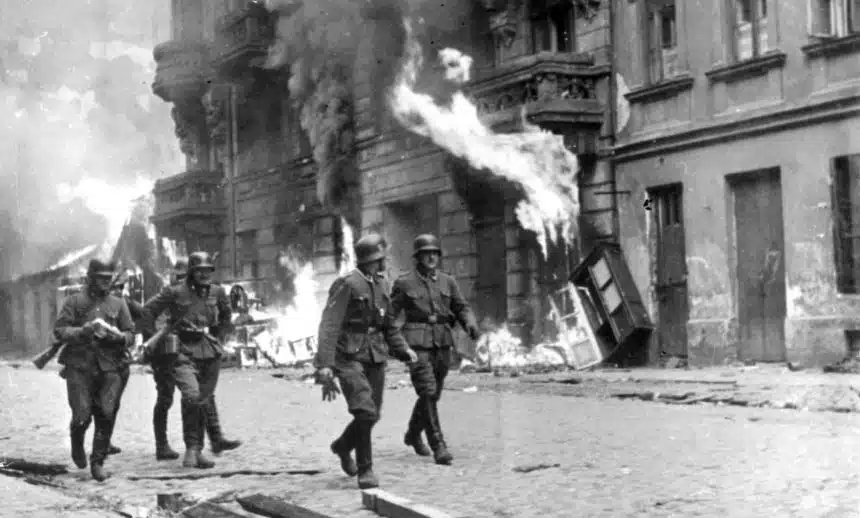
‘Never again’ is not a mantra — it’s a commitment
Of course, it is our duty now — all of us, Jews and non-Jews alike — to hear Helena’s story and to record it. To teach it. To educate the next generations.
To ensure that when we say, “Never Again,” it is not a mantra but a commitment.
To be sure that we teach about the brave women who stood alongside their brothers on the frontlines against the powers of darkness which swept across Europe.
This year’s March of the Living was dedicated to Jewish heroism.
I believe that by shining the light on the brave Jewish women who fought against the Nazis, we spread the message that regardless of gender, faith, or creed, freedom can only come with equality and that when we fight together, we are stronger than even the most nefarious of history’s evils.
I hope this message is heard by all the powers today in Europe and that they educate the next generation not only about the dangers of hatred but also about the great power of courage — especially for the girls of today, who will be the leaders of tomorrow.
Revital Yakin Krakovsky is the deputy director of the March of the Living — an annual two-week educational program bringing thousands from around the world to Poland, where they explore the memory of the Holocaust — and an advisor to the Combat Antisemitism Movement (CAM).
This article was originally published in Euronews here.
